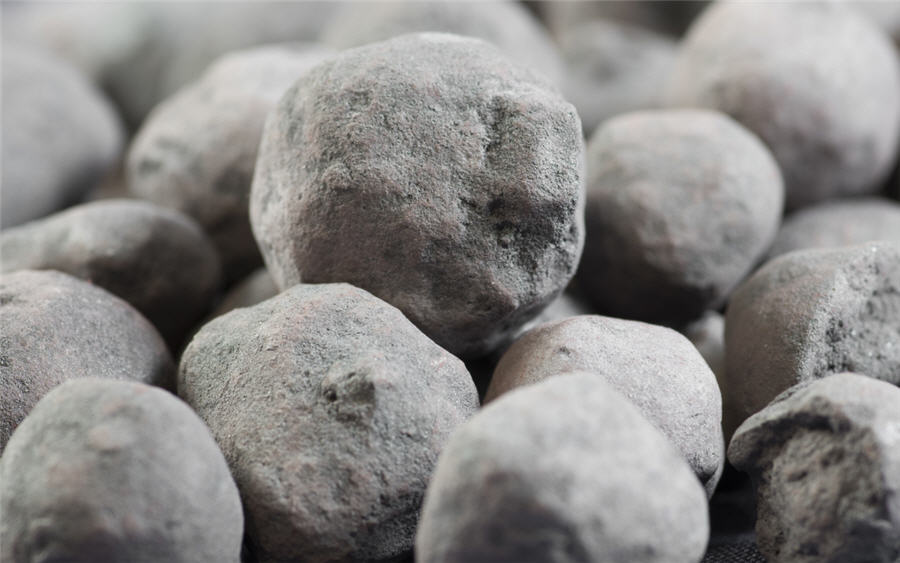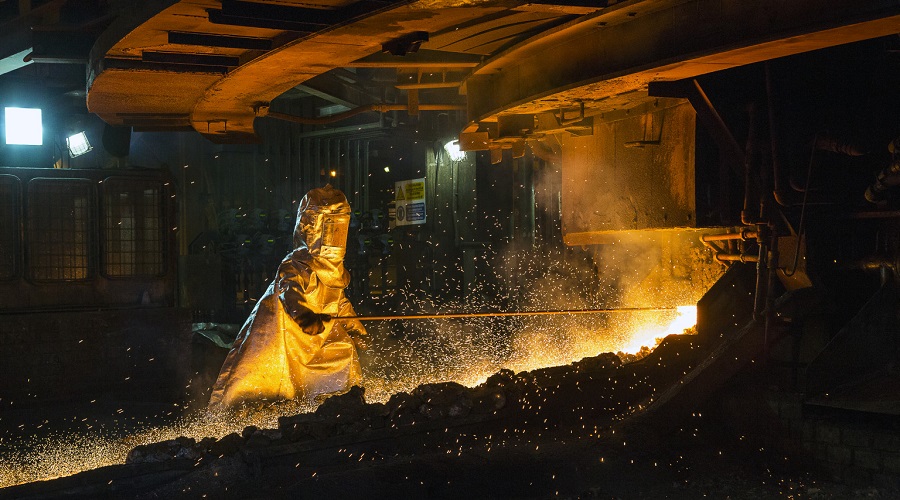Iron ore’s balloon is popped, but prices may have deflated too much — opinion

Iron ore’s bubble has burst in the last month with prices down by a third, but just as the market got ahead of itself during the rally it may also be overcooking the decline.
Benchmark 62% iron ore for delivery to China, as assessed by commodity price reporting agency Argus, ended at $83.75 a tonne on Wednesday, down 33% from its peak so far this year of $125.20 on July 3.
It’s also worth noting that the steel-making ingredient is now only just above the $75.50 a tonne close on Jan. 24, the day before a tailings dam disaster at a mine operated by Brazil’s Vale killed more than 200 people and upended the supply-demand balance.
Benchmark 62% iron ore for delivery to China ended at $83.75/tonne on Wednesday, down 33% from its peak so far this year of $125.20 on July 3
The decline in prices would normally suggest that the supply disruption from the mines closed in Brazil in the wake of the dam burst is now a thing of the past, or alternatively, that demand from top buyer China is slowing.
The problem is that the vessel-tracking and shipping data indicate that Brazil’s exports are still not back to what could be viewed as normal levels.
Additionally, China’s imports appear to be holding up well despite renewed concern over the economic outlook in light of the ongoing and unresolved trade dispute with the United States.
Brazil is on track to export about 33.1 million tonnes in August, according to vessel-tracking and port data compiled by Refinitiv, and filtered to only show vessels that have already discharged their cargoes, are waiting to do so, are underway or are currently loading.
This would be the strongest monthly exports this year, and well up from the low of 17.2 million tonnes in April, the month most affected by the loss of available ore following the dam disaster in late January.
However, Brazil’s exports for the first eight months of the year are likely to be around 218 million tonnes, which is 58.3 million tonnes below the same period in 2018.
Australia cyclone
It’s not just Brazil that has struggled with supply this year, with top exporter Australia also losing cargoes because of a tropical cyclone that closed ports and transport links in late March.
Australia is on track to export 549.1 million tonnes in the first eight months of 2019, down 26.5 million on the same period last year, according to Refinitiv data.
Putting together the lower exports from Australia and Brazil, about 84.8 million tonnes have been lost from the seaborne iron ore market so far this year.
This isn’t an insignificant amount, representing about 8% of China’s total imports of 1.06 billion tonnes in 2018.
Putting together the lower exports from Australia and Brazil, about 84.8 million tonnes have been lost from the seaborne iron ore market so far this year
China’s demand for the steel-making ingredient has also held up, despite the problems of not enough supply available.
China’s imports in the first seven months of the year were 590.1 million tonnes, down 4.9% from the same period in 2018, according to customs data.
For August, China’s imports may by be quite robust, with Refinitiv data pointing to a figure of about 100 million tonnes, although this includes vessels currently underway and expected to reach port by the end of the month.
Even if all these ships do arrive at their destinations by the end of the month, they may not be unloaded in time to be counted in August figures, meaning the final arrivals for August will likely be lower, most likely around 80-85 million tonnes.
With Brazilian exports still below normal levels and Chinese demand holding firm, the fundamentals are in place for iron ore prices to show some resilience, and at least hold around current levels.
However, the market is also becoming more influenced by sentiment and the news cycle, and pessimism over the trade dispute and mounting coverage of early signs of a looming global recession are likely to weigh on prices.
Add into this the likely gradual recovery in Brazil’s exports and it’s possible that iron ore prices have further to fall, even if the current fundamentals suggest they shouldn’t.
(By Clyde Russell; Editing by Richard Pullin)
{{ commodity.name }}
{{ post.title }}
{{ post.date }}

Comments